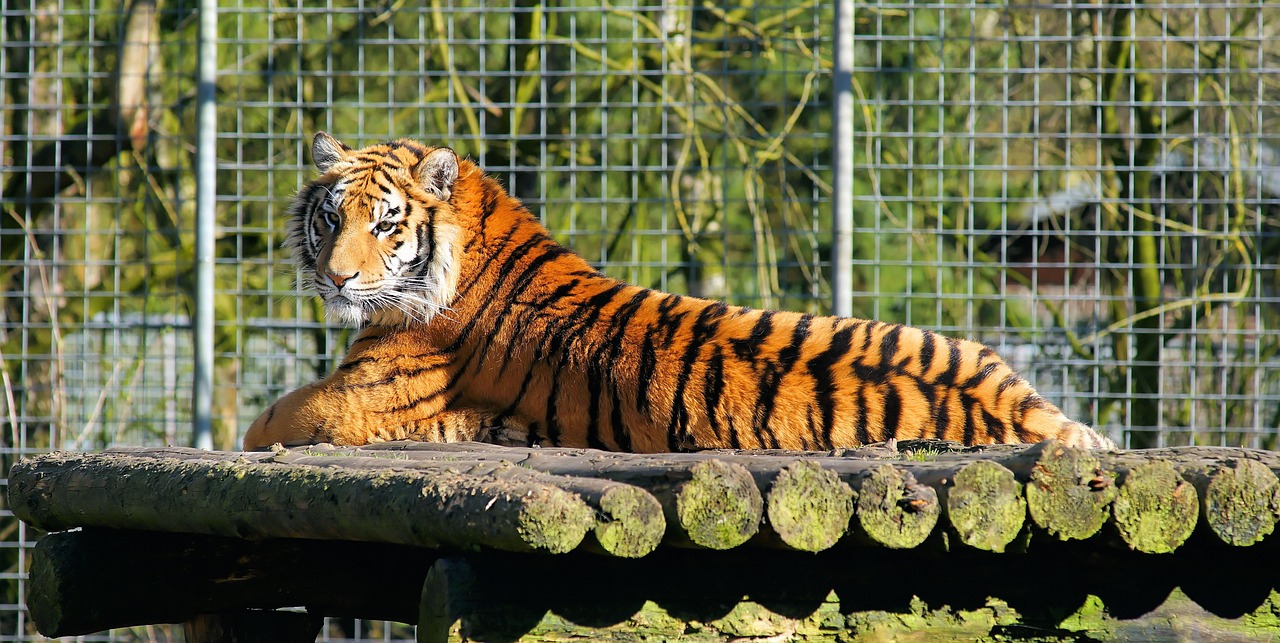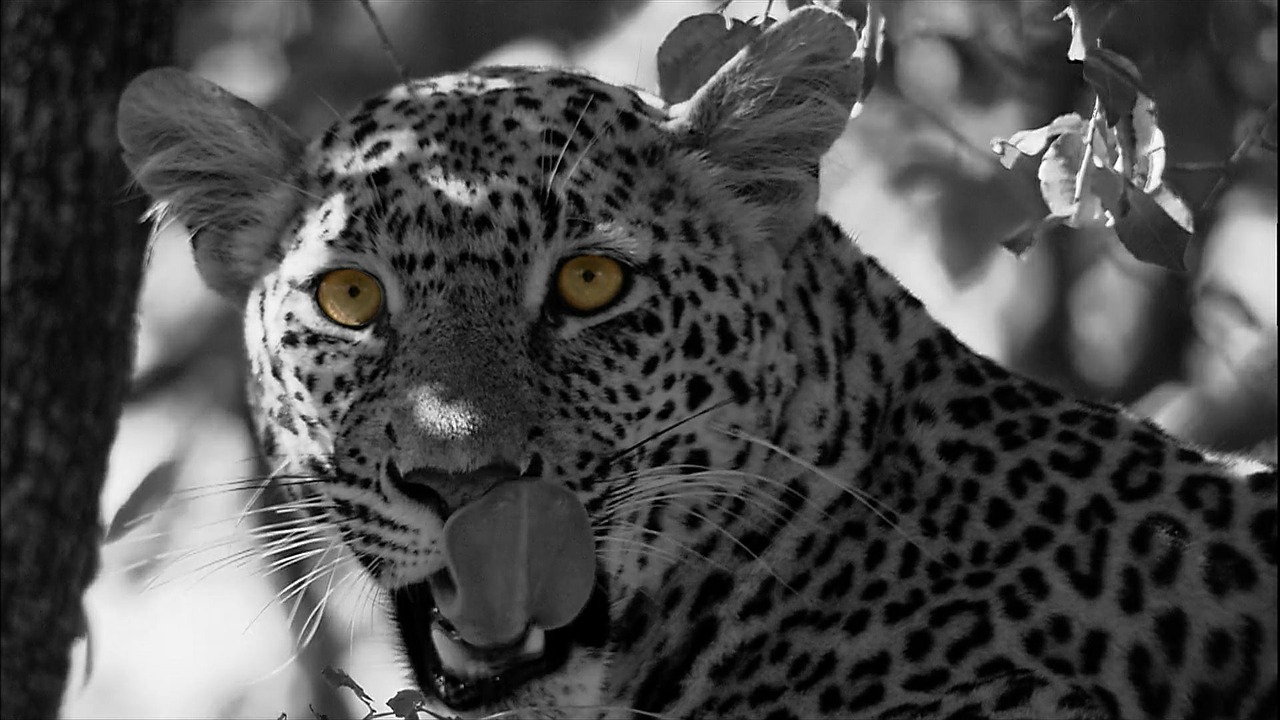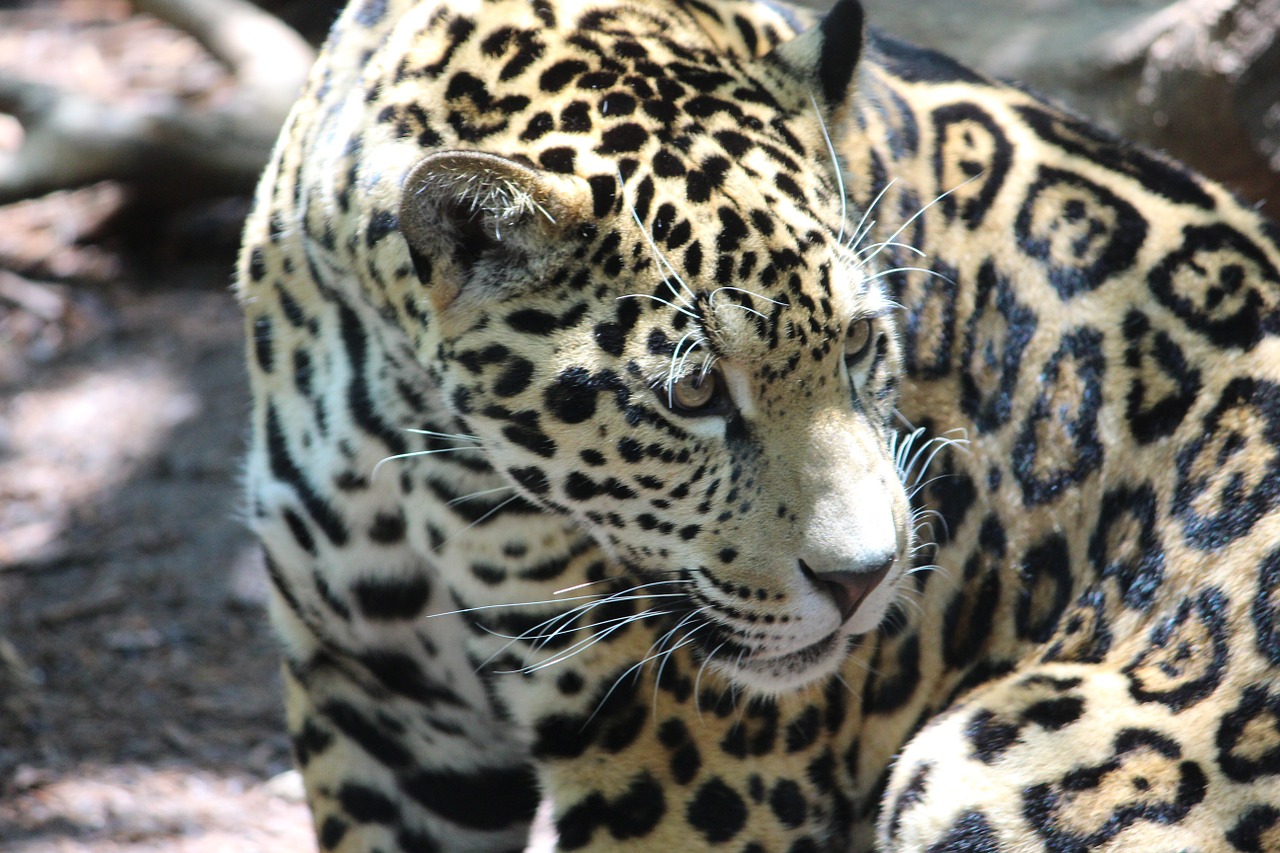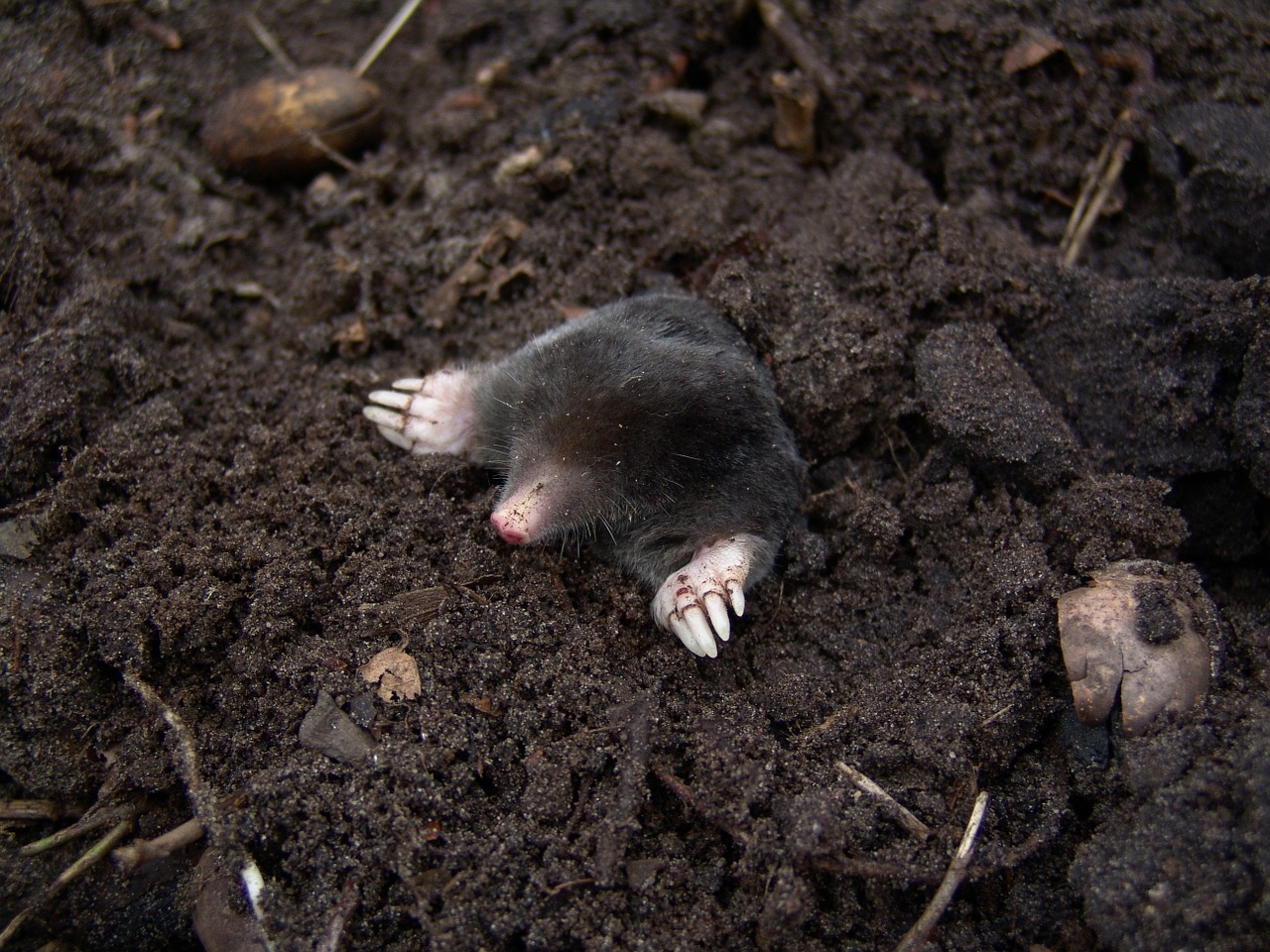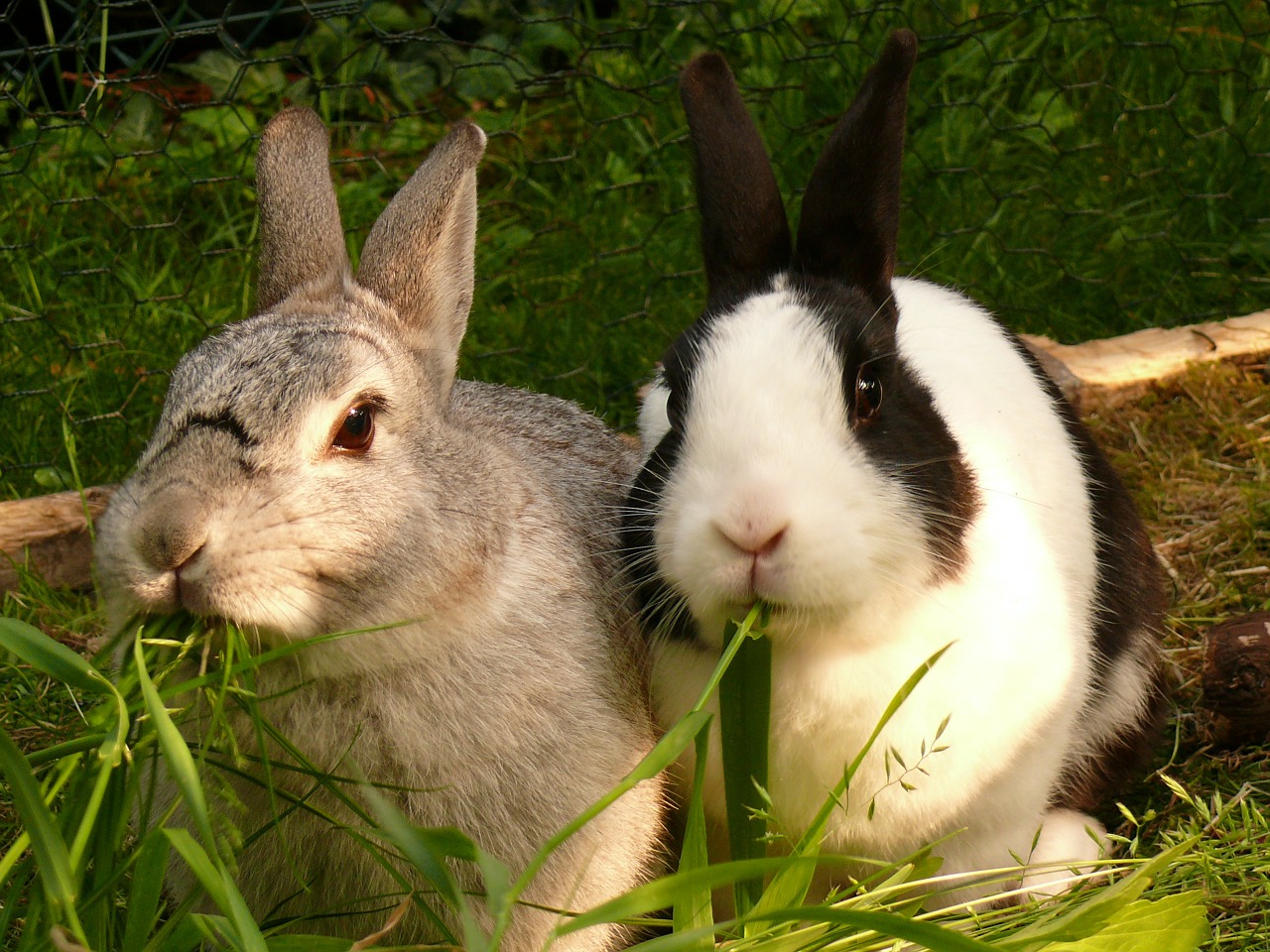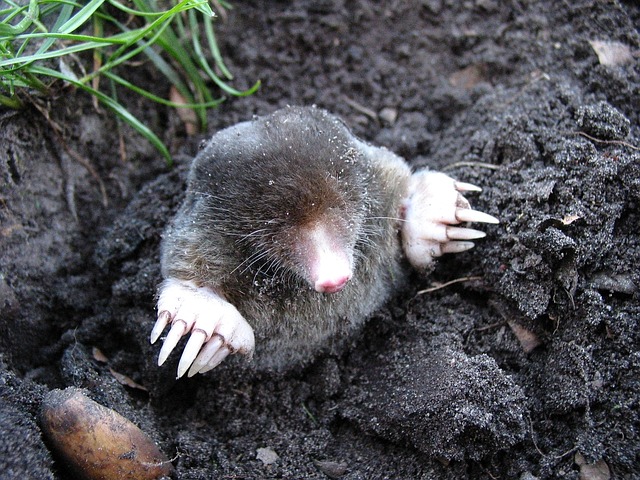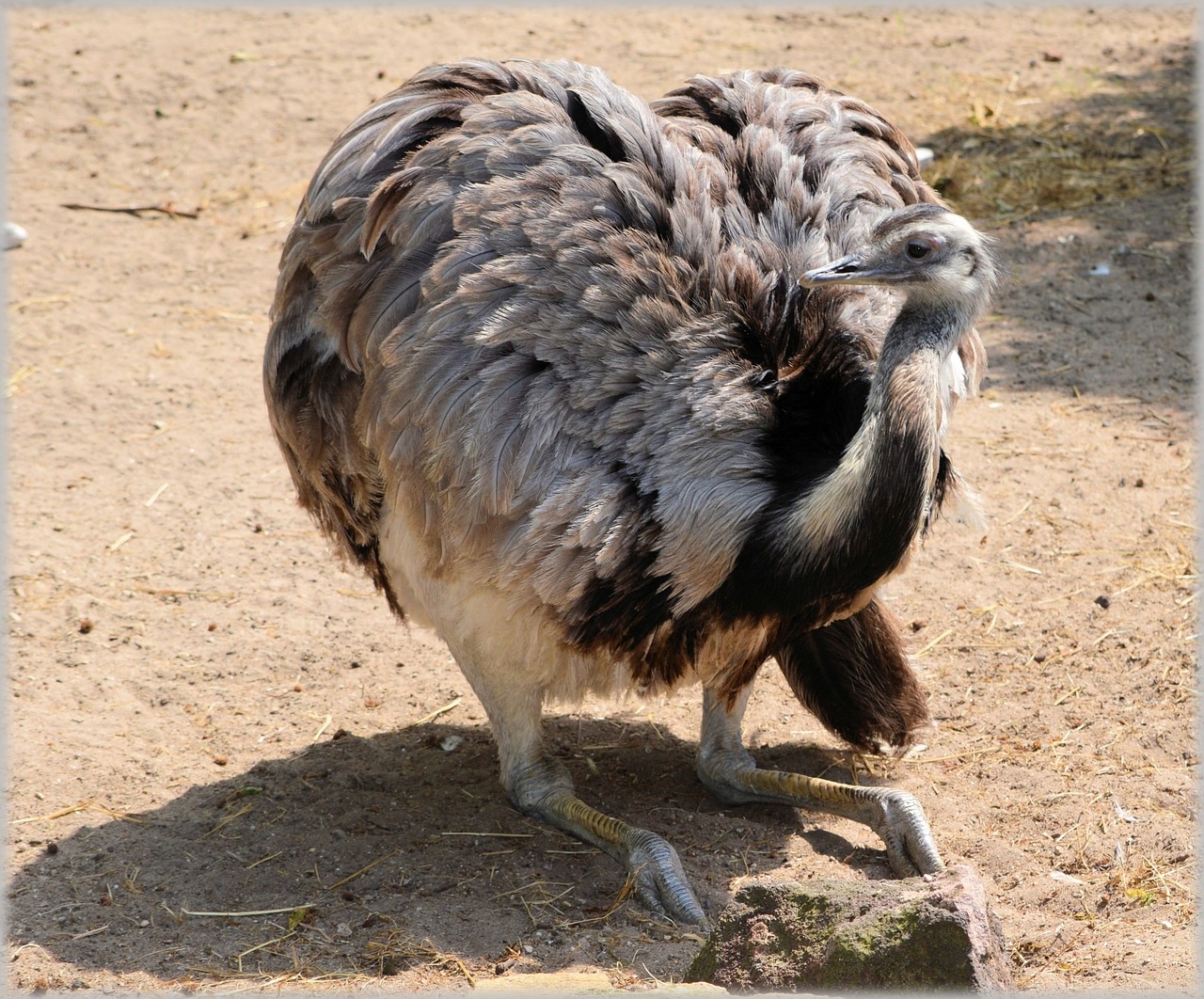Scientific classification: The lion is a member of the cat family, Felidae, in the carnivore order, Carnivora, and is classified as Panthera leo. Introduction Lions are one of the largest members of the cat family. The lion’s size and strength have captured human imagination since ancien
Scientific classification: The tiger is a member of the cat family, Felidae, in the order Carnivora, class Mammalia. Its scientific name is Panthera tigris. In the past scientists have classified tigers into eight subspecies, five of which are still living. Introduction The Tiger is the largest m
Scientific classification: The leopard belongs to the family Felidae. It is classified as Panthera pardus. Introduction The Leopard is large and an agile member of the cat family known for its spotted fur, climbing skills, and secretive habits. A superbly designed predator with a long, well-musc
Scientific classification: The jaguar belongs to the family Felidae. It is classified as Panthera onca Introduction The Jaguar is a muscular, stocky member of the cat family found primarily in Central and South America. It is the third largest of the world’s cats and the largest and most power
Scientific classification: Moles belong to the family Talpidae in the order Insectivora. The eastern mole is classified as Scalopus aquaticus, the western mole as Scapanus townsendii, the hairy-tailed mole as Parascalops breweri, the star-nosed mole as Condylura cristata, and the shrew mole as Neuro
Scientific classification: Rabbits and hares belong to the family Leporidae of the order Lagomorpha. Cottontails are classified in the genus Sylvilagus. Where can Rabbits be found? Rabbits and Hares are common name for certain small, furry mammals with long ears and short tails. Although the name ra
Scientific classification: The aardvark makes up the order Tubulidentata. It is classified as Orycteropus afer. What is an Aardvark? The Aardvark is common name for a burrowing, ant-eating mammal. The aardvark is found throughout much of Africa, from the southern part of Egypt to the Cape of Good
Scientific classification: Moles belong to the family Talpidae in the order Insectivora. The eastern mole is classified as Scalopus aquaticus, the western mole as Scapanus townsendii. What moles are? Moles are small mammals adapted to a subterranean lifestyle. They have cylindrical bodies, velvety f
August 19,2015
Unwanted Insects, insects
What are the different categories of unwanted birds? Cockroaches Scientific classification: Cockroaches make up the order Blattodea, which contains five families. The American cockroach is Periplaneta americana, and the Oriental cockroach is Blatta orientalis, both in the family Blattidae. Cockroach
What are flightless birds and where can there be found? Some birds, including the largest of all living birds, have lost the ability to fly. The ostriches and their relatives rheas, emus, cassowaries, and kiwis are flightless birds found in Africa, South America, and Australia, including New Guinea


